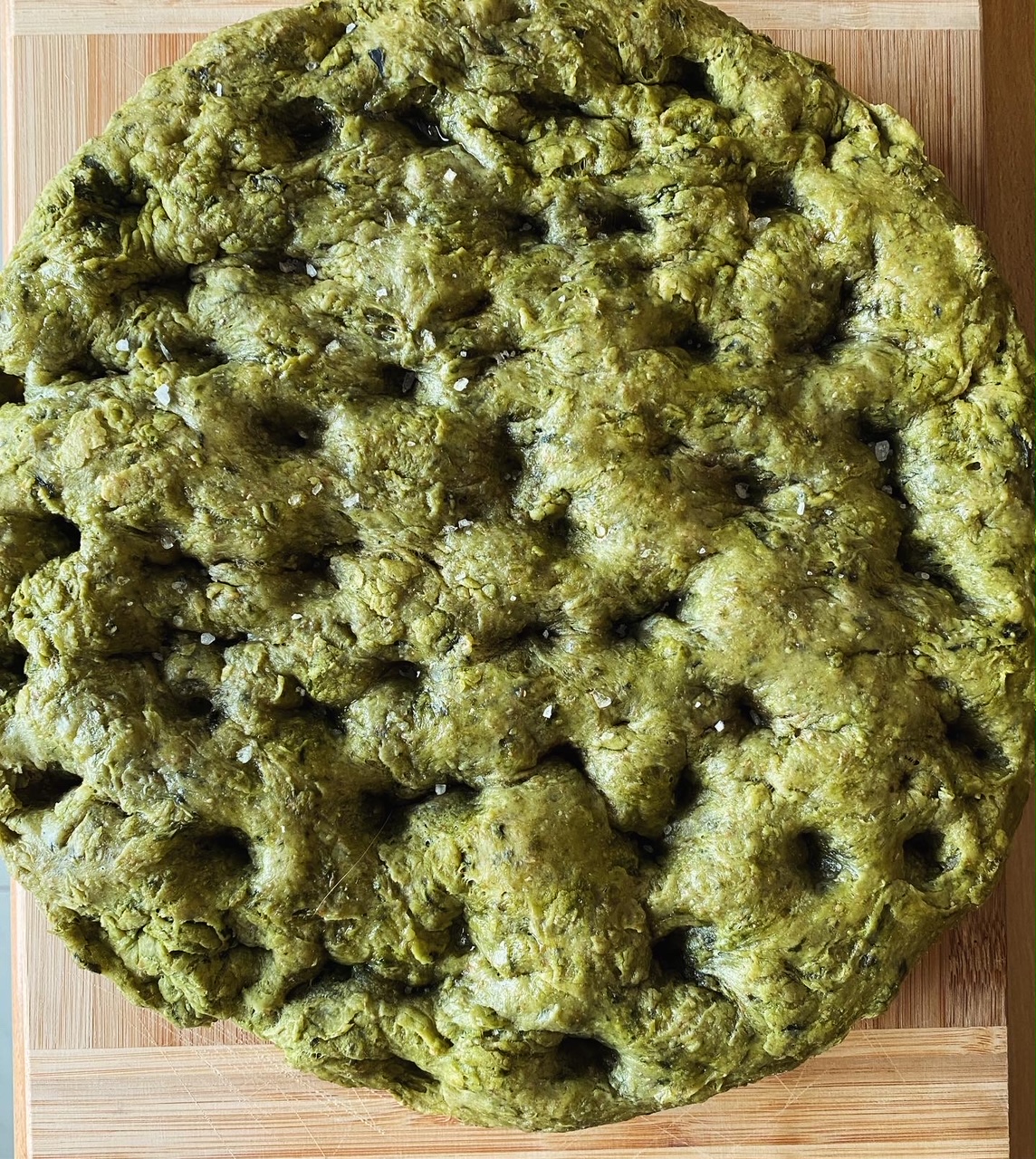The Italian term ‘Ragù’ comes from the French word ‘ragoût’; whilst the original French name was however used to indicate any braised meat dish served with abundant gravy, the Italian ‘Ragù’ came to identify a specific kind of pasta sauce.
An Italian ragout’s main ingredient is meat, but the kind of meat one uses can radically change the taste and the texture of the ragout. Most modern versions of the traditional ragouts suggest to use minced beef, because it is usually affordable and easier to handle in the kitchen. Originally, however, the ragout was a way to satisfyingly prepare those cuts of meat that were hard, uneasy to cook or difficult to sell; the little scraps of meat that remained attached to the bones were finely minced, and the harder cuts were stewed for hours on end until they broke down into tender chunks.
One must also not forget that tomatoes are not native to Europe and were not known to Italian cuisine before the 16th century: the original ragouts were ‘white’, so to say prepared without using any tomato sauce. As by then pasta was still considered a delicacy to be enjoyed with sugar and spices, it shouldn’t come as a surprise that some white ragouts even nowadays have cinnamon among their ingredients – just like this one: White Ragout with Cinnamon
Although each city and even each family has its own recipe for a proper ‘ragù’, there are two pasta sauces that are generally recognized as the two kinds of Italian ragouts: the Bolognese ragout and the Neapolitan one. The differences between the two may seem minimal, but they account for two very diverse tastes, traditions and final results.
The Bolognese ragout is made with minced meat; along with onions, carrots and celery are also fried with the meat before adding the tomato sauce. Once ready, the ragout is to be eaten with tagliatelle, which are a kind of long-shaped fresh pasta, flatter and wider than spaghetti. The plate can be garnished with some basil. Try it out: Bolognese Ragout.
The Neapolitan ragout is considerably heavier and thicker and usually cooks for 1 to 2 hours longer than the Bolognese one. It’s prepared with big chunks of different meats and without any vegetable other than onions. It is usually served with short pasta, like the ziti, without adding any herbs; there is also a strong tradition of eating it with bread, dipping the pieces of bread in a small bowl of ragout or directly into the pot. You can find here our recipe for a perfect Neapolitan Ragout.
Sometimes Neapolitan ragout can be prepared with small meatballs. There are actually several minor regional variations of ‘ragù’ that use meatballs instead of simple minced meat: in Abruzzo, for instance, the meatballs are made with minced lamb.
This should not lead you to the wrong conclusion, though: ‘spaghetti with meatballs’, a dish that many American books and movies ascribe to Italian tradition, is not at all a traditional Italian preparation. When prepared with small meatballs, the ragout is always served with short pasta, like the ziti mentioned above or like the rigatoni that you can find in this recipe: Rigatoni with Mini-Meatballs & Tomato Sauce.
Why is ‘spaghetti with meatballs’ believed to be Italian, then? Some suggest this misconception comes from the eating habits of the Italian immigrants in the US at the beginning of 20th century. In times of hardships, these families could not afford any meat – once they got wealthier, though, they started including meat in their recipes again, giving birth to the now famous ‘spaghetti with meatballs’.










2 Comments
Eccellente….
Grazie lb,
ci fa piacere!
Leave a Reply